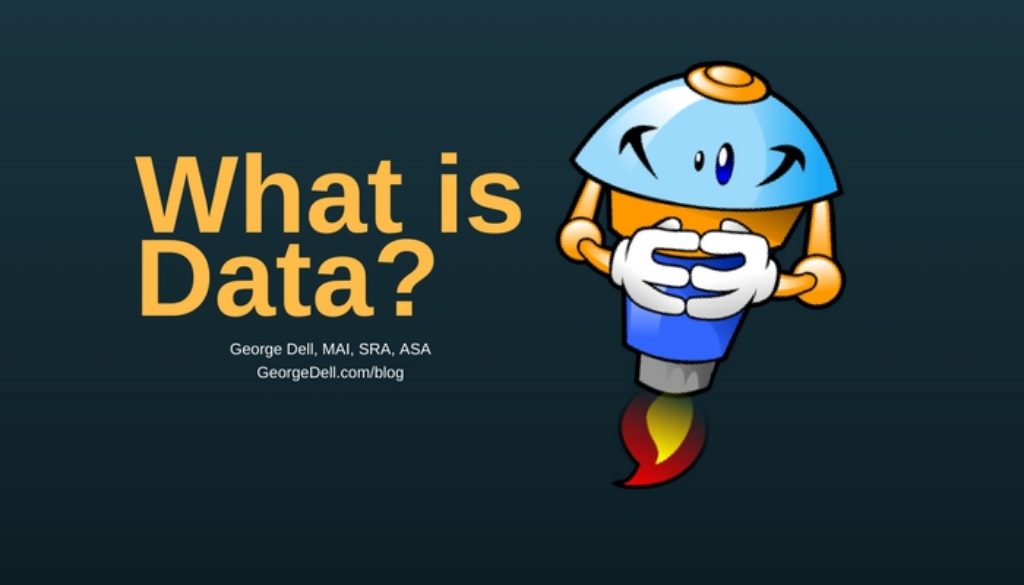Appraisers have always worked with data. In the early days, we’d go to the county courthouse to examine the possible types available in the county recorder’s sales that might convert into useful “comps.” An experienced appraiser had a rough idea of what was being looked for, taking the first step in converting unsystematic data into useful information. Information is data made useful.
So, does this relate to the science part of data science?
In general, scientists say the analysis requires abductive reasoning. The scientist, based on prior knowledge, decides on the direction of the scientific process. Sometimes it’s called the “hypothesis.” The scientist also lays out a tentative path of solution. This path will involve the data needed, the models which may be helpful, and the methods used to predict an outcome.
The Path
For me, as an appraiser, the path is called “Scope of Work.” Per USPAP (Uniform Standards of Professional Appraisal Practice), it means to first — “identify the problem to be solved” and then, “determine and perform the scope of work necessary …”
A decision about what data to use must be made. In the old days, the appraiser’s files, memory, and courthouse filings were the data sources. Today, in most areas, it’s an on-line commercial data source, instantly available.
So how has the “abductive” process changed? In the past, the appraiser’s judgment was terribly important. And convenient. We could reach out to a contact, a prior appraisal, an appraiser friend, or a sales agent. Who you knew was as important as what you knew.
So what do we do today? We access the mass of instantly available data, and then pare it down, using judgement, to the “best” 5 or 6 comps and discard the rest.
Why do we discard the rest? Because that is how things have always been done. Our education teaches us to be very careful in picking comps. Be sure that they are competitive, similar, and can be compared. Use good judgment. Use five or six.
What would a data scientist do? A scientist knows that more information is better than less information. So she would not throw away a bunch of relevant data. She would use it all. For an appraiser, USPAP says, “must analyze such comparable sales data as are available”. It does not say “just use the 4 or 5 best and discard the rest.”
It could easily be contended that failure to use “all information necessary” is a failure to comply with Standards Rule 1-4. It is definitely a way to immediately incur the data impossibility theorem: You can’t get objective results from subjective data selection.”
In Evidence Based Valuation© we use the complete data set. Selected objectively.
